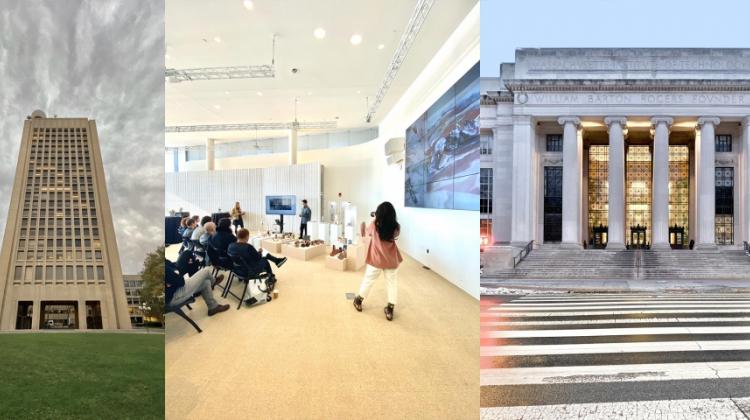12/4/24 Update: class will now meet MW 10-1, room 13-1143
4.s37 UG | 4.s33 G
Introduction to basics of biomimicry and natural algorithms in computational design and artificial life. You don’t have any prior programming or modeling software experience is needed. Advanced folks will be accommodated on an individual project-based track.
Students learn about the cultural and visual implications of automation and biotechnological advancements driven by computational technology, exploring their aesthetic significance through data and algorithms.
This is a beginner’s guide to ethical solutions to design problems in computational design and data concerning nature through visualization and art. It considers the broader impact of design decisions on communities, society, and culture.
This is a low-level, beginner-friendly introduction to the basics of data visualization in processing and Python, biomimicry, agent-based systems in Grasshopper visual coding and C#, and animation in Maya.
Prerequisites
Permission of Instructor
Lab Fee
Per-term $75 fee after Add Date; SMACT students are exempt.
Can Be Repeated for Credit
Yes



